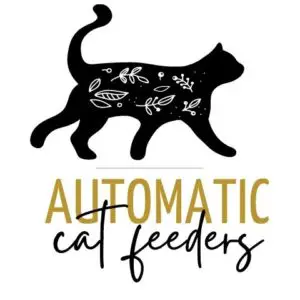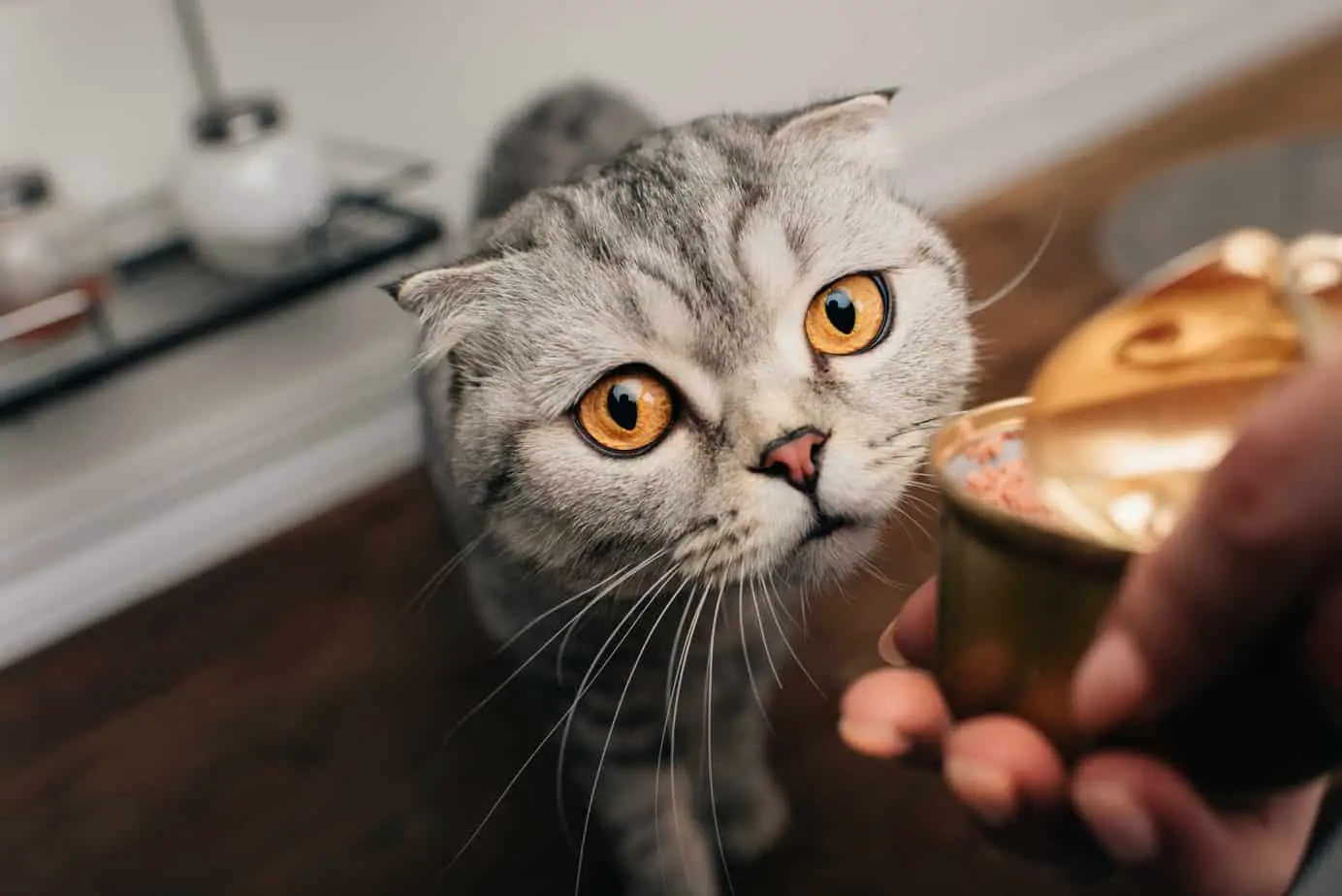My cat isn’t eating his wet food? What’s wrong with me?
What’s wrong with him?
Sound familiar? Ugh. Books could be written about the endless debate whether dry food or wet food is better for your feline friend. But I’m staying a mile away from that issue (for now). In this post, I’m going to answer one of the most common questions I get from friends and family and that is, Do all cats like wet food?
Not all cats like wet food. Although wet food has a few more vitamins, minerals and nutrients than dry food, cats can — and often will — resist the change in texture of their food. Caregivers, however, can transition their cats to eating canned food with proper patience and planning.
So if you know that your Fido is not necessarily going to take to wet food right from the get-go, you can take a breath. It’s perfectly natural. Don’t sweat it.
But you’re convinced that wet food is the best option for your pet. Where do you start? How do you start the process of getting your cat acclimated to canned food?
Should You Feed Wet Food to a Kitten?
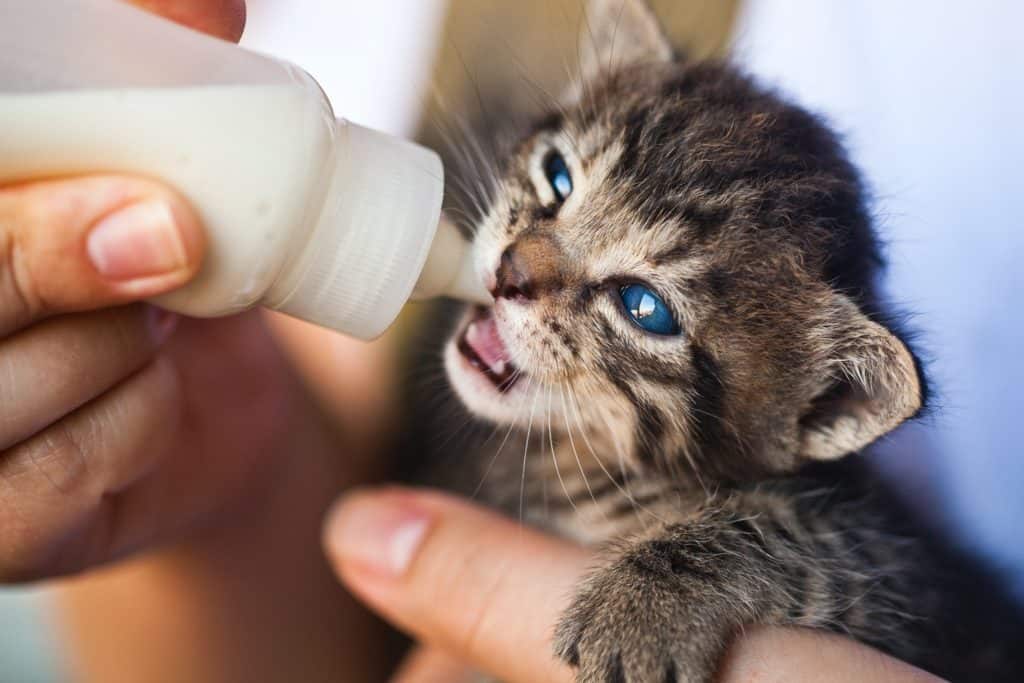
The first order of business is getting your kitty to like wet food is, well, starting your pet on canned food.
It’s going to be much easier than transitioning a cat from dry food to wet food. Remember, cats are creatures of habit. Big time!
They don’t like changes to their environments and, especially, to their food. So if you introduce wet food to your kitten, he or she will adapt to the moist textures of canned food.
It goes without saying that wet food should be introduce to your kitten after she’s been weaned from her mother’s milk. (We’re talking about 4 to 8 weeks.) Start slowly with the wet food.
Here’s my go-to hack: Add just a touch of hot water to the wet food. This brings out the aroma of the food and it’ll be a little easier for a kitten to eat. And the extra water helps with hydration.
My experience with a couple of kittens, the transition from mother’s milk to wet food has been seamless and stress-free. It’s likely the easiest way to go for your cat—and you.
How to Get Your Adult Cat to Eat Wet Food
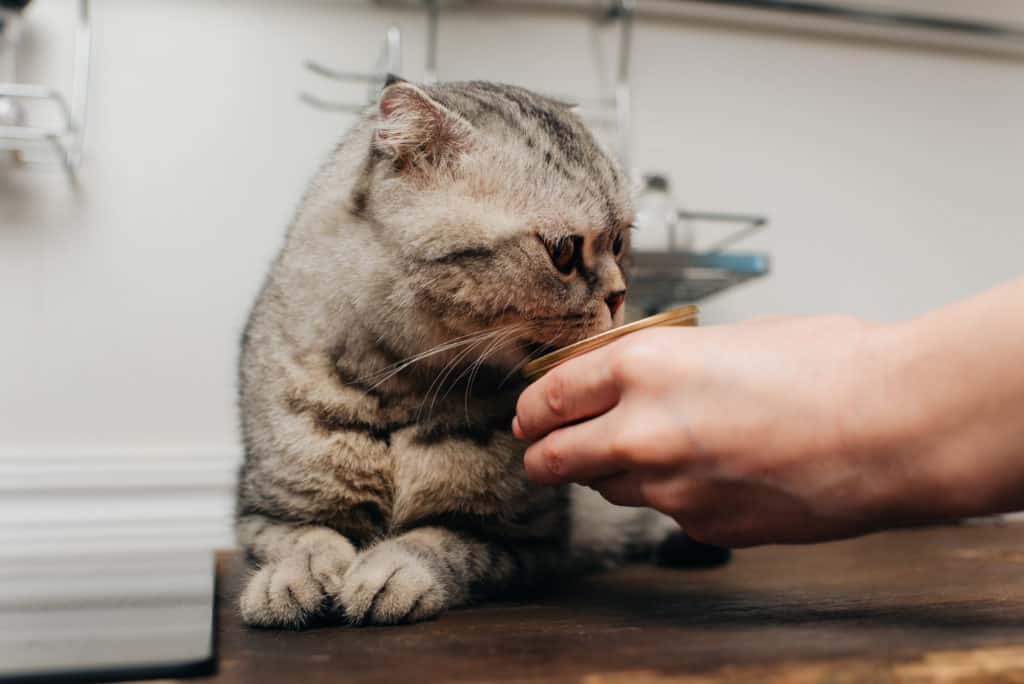
OK, so you don’t have a kitten. In fact, you’ve been feeding your cat dry food for years but now you feel you need to start feeding your kitty canned food for a bunch of different reasons.
I get it. Perfectly legit. As I mentioned above, wet food does have more nutrients and minerals than dry food. So what can you do to transition your adult cat?
Well, as I noted earlier, a lot of the issues that cats have with wet food has to do with temperament and texture. In terms of temperament, the considered advice from pet professionals is to slow down.
Don’t be in a hurry. Your cat may need weeks or even months to get used to canned food. That’s all right. Be kind to your cat and understand how confusing it is for her that suddenly smell and see this weird, moisty thing in her bowl.
And as you well know, cats are not only picky—their stubborn. Time, however, is on your side.
But there are a couple of tips and tricks you can try to get around a picky, reluctant cat.
- If you have an older cat that isn’t as receptive to the wet food, you’ll need to just set the bowl down first. Let them explore the smell. You may need to do this every day for a while.
- You can also mix the wet food and the dry food together. After a couple of days (or longer depending your cat), slowly (repeat: slowly) start filtering out the dry food and perhaps just use it as a treat.
- And you might try different canned food to see which textured wet food your cat prefers. There’s a variety of textures ranging from chunks to flakes and even pate.
- If all these all fail, contact your veterinarian. Seasoned vets will always have tips and tricks that can help you and your cat make the transition.
- And just keep in mind: All cats can eventually be transitioned to wet food. Just be patient and consistent.
Is Wet Food Even Worth the Bother?
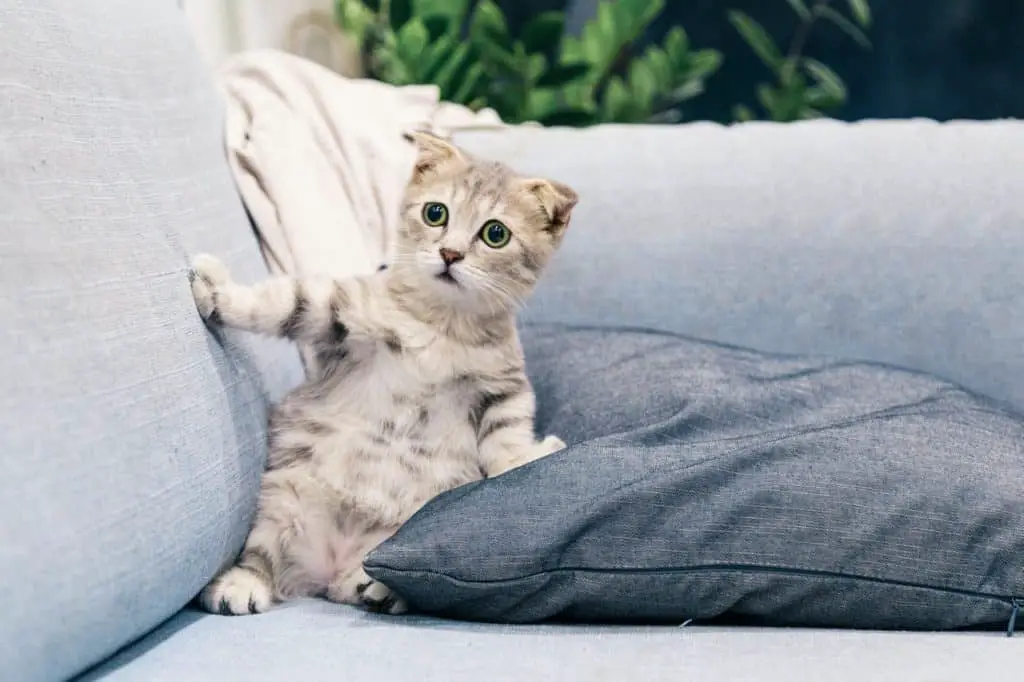
Before I wrap this up, I need to discuss the benefits of wet food.
As you may know, there’s a ranging debate about wet food versus dry food. I’m agnostic. They both have their pluses and minuses. They good things and their not so great things.
I’ll be writing more about dry food and wet food but for now let me explain some of why wet food may be worth the trouble of transitioning your kitty.
The key advantages of wet food is, well, water. Canned food has a high-water content—much more, obviously, than kibble. (Canned cat food is approximately 70 percent water.)
As so much of it is water, your cat can consume a larger portion for the what is the same number of energy calories from dry food.
Cats don’t always drink as much water as they need, so having the extra liquid in the wet cat food is a big bonus.
And I’ve focused here on cats that may not take to dry food, but many cats actually prefer canned food. So taste can be a benefit.
And, finally, there are health benefits. A diet of wet food can be super effective in managing such things as kidney failure or diabetes.
Conclusion
Not all cats are going to like eating wet food. It’s normal, especially if you’re transitioning your cat from kibble. The reason is straightforward: Cats are creatures of habit and don’t take kindly to changes to their diet—or anything else, for that matter.
The key to keep in mind is that not all cats are going to like wet food right from the get-go, but with patience and consistency all cats can eventually learn to eat canned food.
